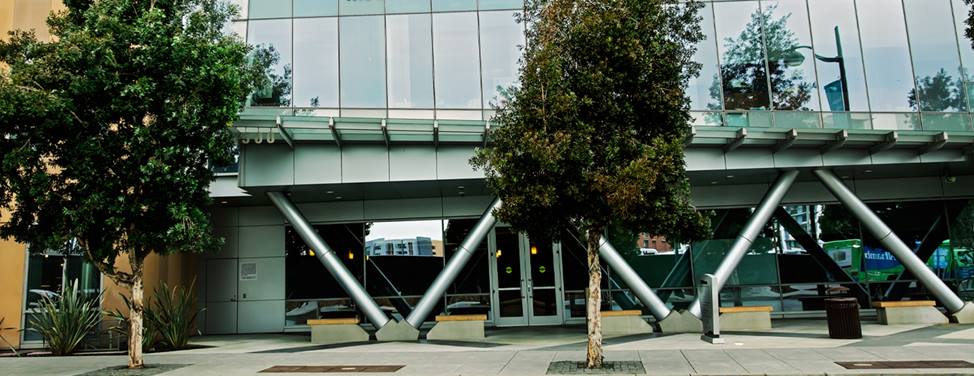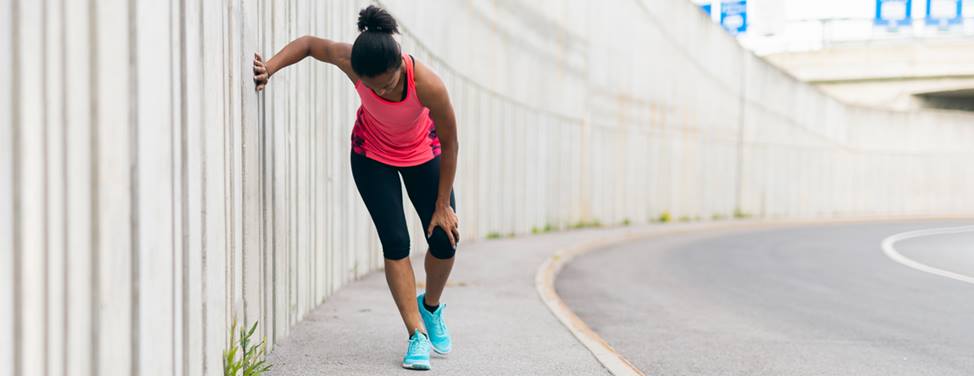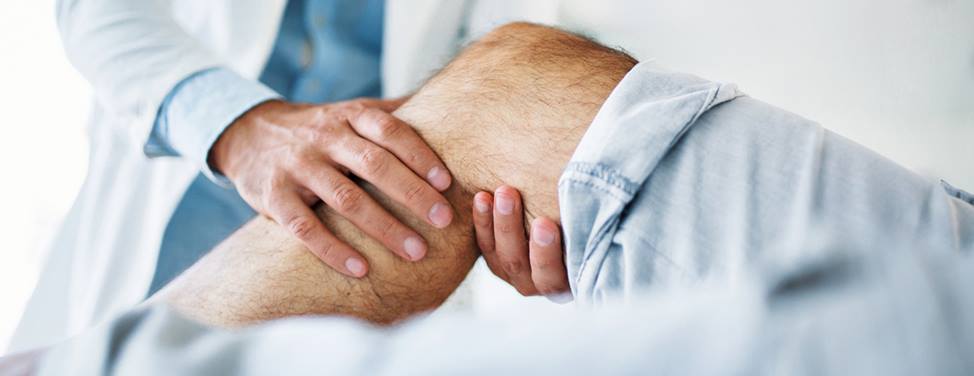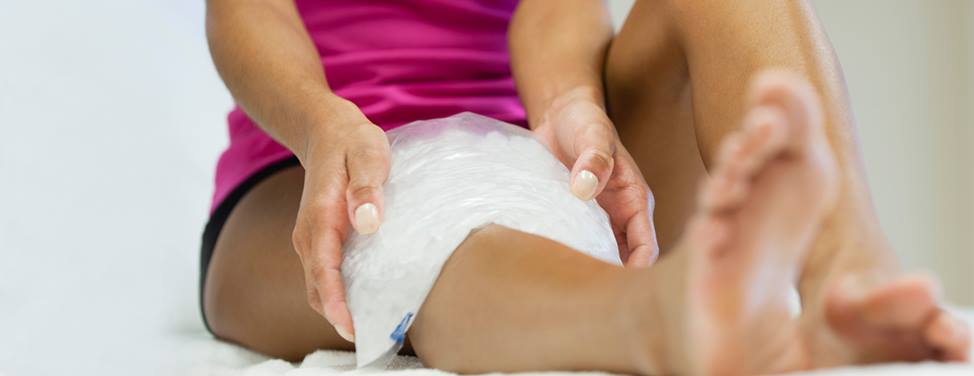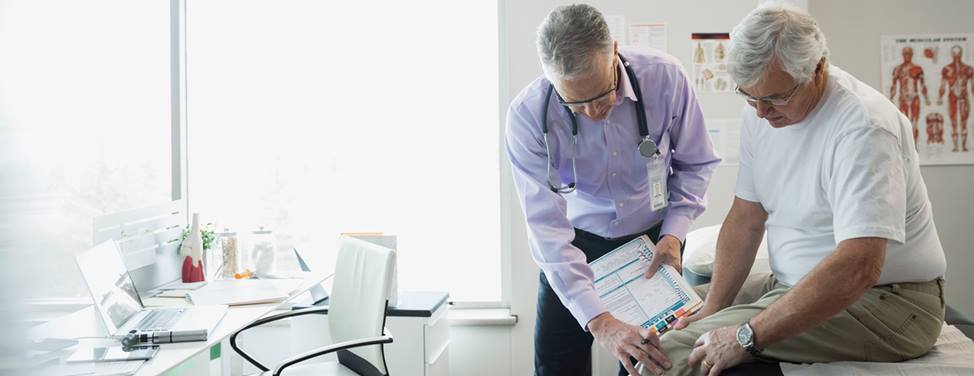
ACL Reconstruction Surgery
Before Surgery
When you check into the hospital or clinic, you will be directed to a waiting area where your paperwork will be completed and your knee may be shaved. You will be asked to wear a hospital gown and to remove all jewelry.
An anesthesiologist will discuss your mode of anesthesia. Then, you will be taken to the operating room.
The Procedure
General or regional anesthesia typically is used for surgery. The anesthesiologist will administer the anesthesia to put you to sleep in the operating room.
The procedure usually takes less than two hours. It will require an incision to remove a tendon if you are undergoing an autograft, in which a tendon from another part of your body is inserted in your knee. Several small punctures are made for an arthroscope – a thin, flexible scope that allows the surgeon to see in your knee – and surgical instruments. With an allograft, in which tendons come from a cadaver, the surgery is shorter because the tendon is not removed from you.
The graft is passed through bone tunnels and fixed to the upper leg bone, or femur, and lower leg bone, or tibia, with screws or posts and stitches. The use of screws or posts is usually a surgeon's preference.
After the incisions are sewn up, a sterile dressing is applied. After the surgery, you'll be taken to the recovery room.
Recovery Room
Following ACL reconstruction surgery, you'll be in the recovery room for at least two hours while the anesthetic wears off. Your knee will be bandaged and may have an ice pack for pain.
Ask for pain medication when you feel pain coming on. Pain medication works best when pain is developing rather than when pain becomes intense. You'll receive pain medicine, either orally or intraveneously. A nurse will give you the amount of medication that your doctor has prescribed and considers to be safe.
Move your feet while in the recovery room to improve circulation. Your surgeon may suggest that you use crutches or a cane for a period ranging from two days to three weeks. Most patients are able to walk carefully without crutches within two weeks.
When you're fully awake, you may be allowed to go home. Your nurse and doctor will determine when you are ready to leave the hospital or if an overnight stay is necessary.
Before you leave, you'll be given a follow-up appointment, if you don't already have one, and a prescription for pain medicine. You will be groggy and unable to drive a car, so arrange a ride home prior to surgery.
UCSF Health medical specialists have reviewed this information. It is for educational purposes only and is not intended to replace the advice of your doctor or other health care provider. We encourage you to discuss any questions or concerns you may have with your provider.






